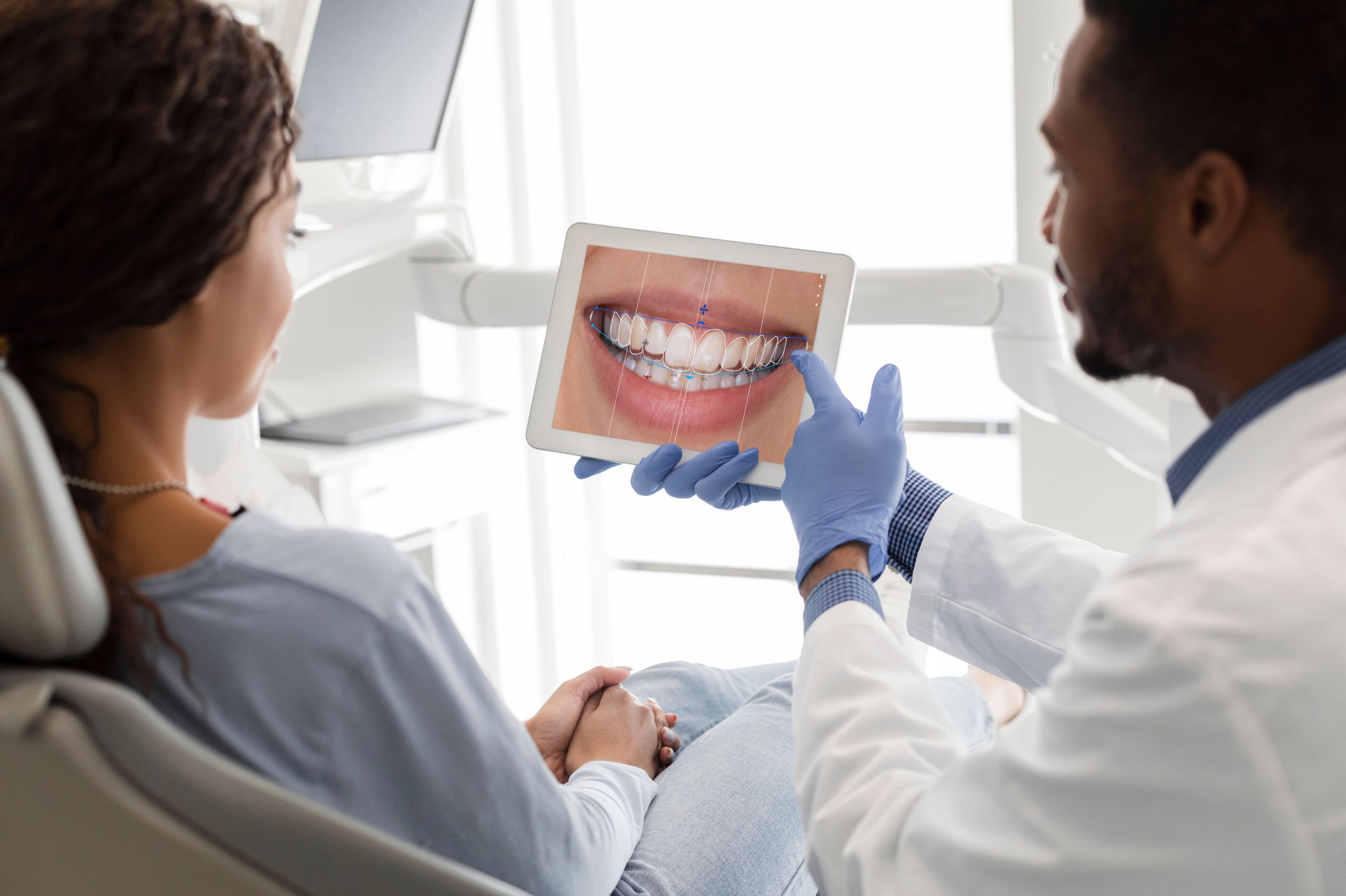Benefits of digital dental smile design software
Research has shown that digital smile design software is an excellent basis for planning and guiding the desired outcome of dental treatment . Dental software for esthetic treatment planning will completely transform the way esthetic dentistry is functioning: not only the approach to treatment is different, but also communication with patients is much more visual. The programs and tools that are used in digital dentistry have shown to create more trust and interest in patients, which in turn leads to higher case acceptance. For patients, the biggest benefit lies in the ability to dive deeper into processes and influence them.

Mục lục bài viết
Benefits for patients
Patients will mostly experience the benefits of virtual design tools before the start of treatment. This period is, after all, the moment in time when they are faced with most questions about the treatment necessary and its duration. Smile simulation software helps the patient connect all the dots. The most important and tangible benefits for patients are the following:
- Naturally-looking visualization of a smile before the treatment begins.
- Tweak the smallest details of your future smile to create the perfect smile.
- Check different possible options for your smile improvement.
- Get your smile in your pocket — receive the visualization on a smartphone via an app and share it with others.
Benefits for doctors
For dentists, the benefit of using a program for digital dental smile design is that they become visual designers by building a smile digitally:
- The workflow is very intuitive and comes with visual guidance and reference. It is fast and easy to create a new smile in just 2-3 minutes.
- Digital design has proven to contribute to long-lasting and accurate fit of the restorations .
- Fast and simple communication with a patient — there is no need to use imaginative words or descriptions, just show the image on a tablet or laptop.
- It’s easy to share the file with the visual design proposal via a mobile app.
- Digital dental solutions like smile simulators can trigger positive emotions in patients, and help engage and excite them.
Lastly, it is important to note that software for smile design is not only relevant for use in the clinic: labs can also benefit from this type of design preparation. By superimposing the surface scans of an intraoral scanner and aligning it with the 2d photo of the patient, the lab can create a diagnostic waxup, for example. This circular patient-clinic-laboratory communication saves all parties time and eliminates communication gaps by creating predictable treatment outcomes.











